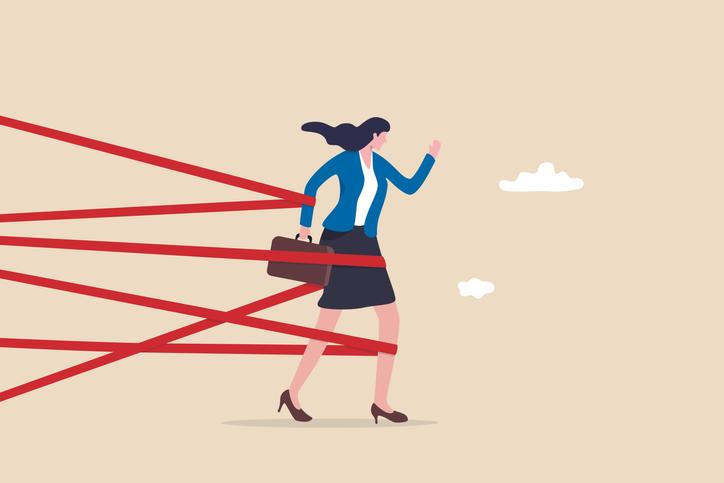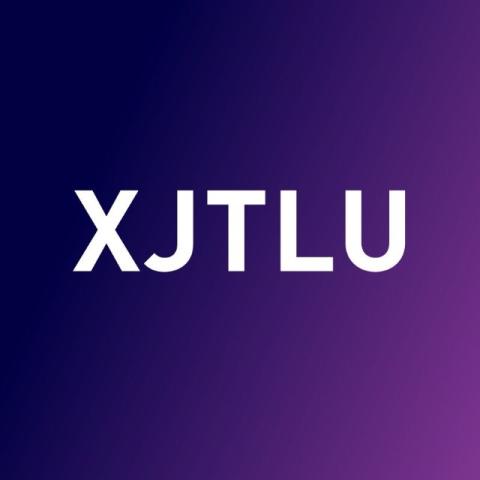
The challenges facing female leaders in higher education – and how to address them
More women have stepped into leadership roles in prestigious higher education institutions in recent years, demonstrating the empowering role of education. These leaders have not only achieved remarkable success in their fields but also played a pivotal role in promoting gender equality and educational reform. But career-hindering challenges remain.
Conflict between family responsibilities and career development
In many cultures, traditional views still influence social expectations and women’s self-perceptions. Studies indicate that, due to overwhelming family responsibilities, up to 83 per cent of women struggle to fully commit to careers, often finding themselves torn between home and the workplace. I can personally relate to this. Having grown up in a traditional Chinese family, I faced the deep cultural influence of a “male outside, female inside” mindset. Despite receiving higher education, these views impacted my career development.
- Breaking barriers for women: enough talking, time for action
- How to promote disabled women in academia
- Twenty per cent of US undergraduates have children – we must do more to support them
Fortunately, the advancement of global gender equality education and awareness, particularly during my master’s studies from 1997 to 1999, led to my involvement in an international research project, “Education and development of Asian female university students”. My understanding of how women’s roles are invisibly shaped deepened and I realised that women could attain higher positions and more societal involvement.
Nonetheless, in balancing my family and career, I often had to take on all the household duties, manage my children’s homework, and juggle my studies and work. This often led to feelings of guilt towards my family, thoughts of quitting my job and challenges in realising my dreams.
Fear of failure and indecision
In the workplace, women’s voices and perspectives are frequently overlooked and they can hesitate to express ideas, fearing failure and tending to avoid risks. Surrounded by such external environments, many women impose self-limitations, depriving them of opportunities to express themselves and be recognised.
Difficulty integrating into male-dominated social circles
Underrepresentation means that leadership and social settings are predominantly male. In some societies and cultures, there is a general expectation for women to be gentle, compliant and sensitive. Consequently, female leaders find it challenging to integrate into male-dominated social circles, struggling to access higher-level information, networks and resources.
Peripheral environments biased against women
In the workplace, women are often affected by unconscious biases and negative stereotypes. There is a common belief that women lack decisiveness and this limits women’s development and their progression to higher positions. Often, they must significantly exceed their male counterparts’ performance to be considered for promotion.
Lack of gender equality education
Even today, gender education courses are seldom included in higher education curricula and training programmes are limited. Many women lack the necessary psychological preparation and coping strategies when entering the workforce or aspiring to advance to leadership positions.
Country-specific challenges
In China, my native country, women’s chances of reaching senior management positions are significantly lower than those of their male counterparts and women in other countries. Most female executives in China hold middle management or deputy positions. In China, women executives make up only about 19 per cent of the total, which is lower than the global average of around 25 per cent.
How to enhance women’s leadership
Promoting women’s career opportunities and leadership requires significant societal effort, involving policy and action plan formulation, educational development, social environment improvement, media advocacy and mindset change.
- Broad action plans: The United Nations Entity for Gender Equality and the Empowerment of Women calls for action plans that encompass ideology, systems and organisational cultural development to foster an environment conducive to the growth and development of female leaders. This includes providing gender equality education, creating gender equality plans and developing succession and leadership roles for outstanding women.
- Organisational priorities: Institutions should prioritise gender equality in their cultural strategy and consider: conducting gender analysis of employee data to ensure equal treatment in the workplace, personnel selection and performance evaluation; creating support systems for gender equality, offering family support measures or flexible work schemes, particularly to nursing mothers; deliberately helping women in the workplace build social networks; fostering an inclusive corporate culture; and providing diversity training.
- Gender equality education: In education, gender equality should be emphasised from the elementary stages, breaking traditional biases in professional choices and social roles. Globally, while the proportion of female university students is slightly higher than that of males, there’s a gender bias in major selection – women predominantly study humanities, whereas in engineering, sciences and agriculture they represent only about one-third.
- Workplace equality: A more equal competitive environment should be created in the workplace. In some countries, including China, women must answer personal questions about marriage and childbearing during job interviews and experience career disruptions, reduced promotion opportunities and lower income after becoming mothers. Additionally, China’s gender-specific retirement age policy forces women to retire five to 10 years earlier than men, limiting their career development. Considering women’s longer lifespan and increasing professional aspirations, this policy should be re-examined to allow equal retirement age for both genders.
- Media responsibility: The media should strive to portray the diversity and multidimensionality of women in the workplace, breaking away from stereotypes and highlighting their value and individuality. Let’s move towards “de-labelling”, avoiding stereotypical characterisations when evaluating professional women, thereby depicting their growth and experiences in both family life and career development authentically.
We need to make women aware of the unique management styles and leadership strengths that female leaders often exhibit. These include a focus on communication, thorough information gathering and integration, as well as enhanced resilience, empathy and a sense of responsibility. Most importantly, women should learn to recognise their own abilities and aspirations. This will enable them to make effective career plans and maintain a commitment to lifelong learning.
Promoting gender equality and women’s leadership requires a collective effort from institutions, the educational sector, media and society at large. Meanwhile, women themselves must navigate multiple barriers, continually seek self-improvement, leverage their unique strengths and potential and push towards a more equitable and inclusive future in the workplace.
Qiuling Chao is vice president for student affairs and information and a professor and doctoral supervisor in the Institute of Leadership and Education Advanced Development at XJTLU.
Additional Links
See our International Women’s Day spotlight for more advice and resources from women leaders in higher education.




